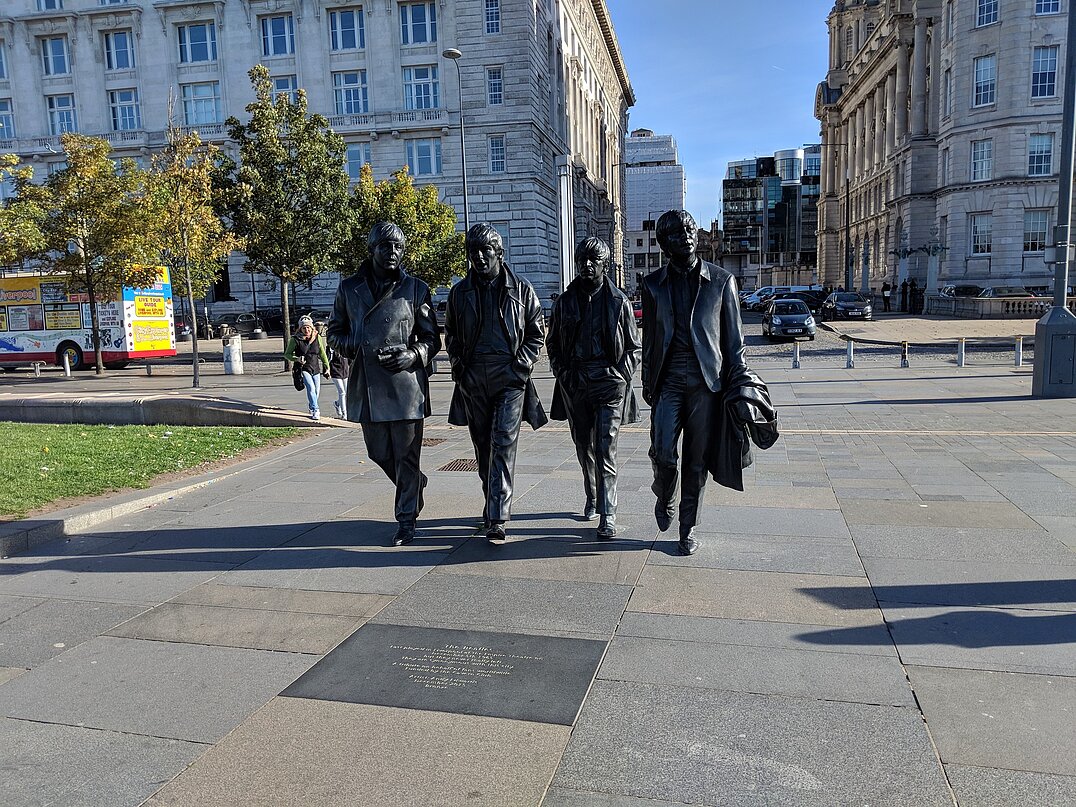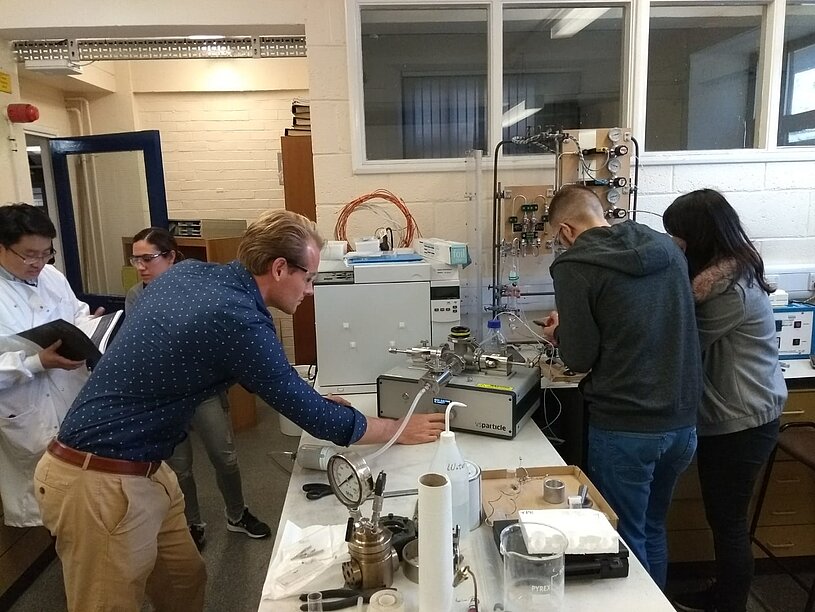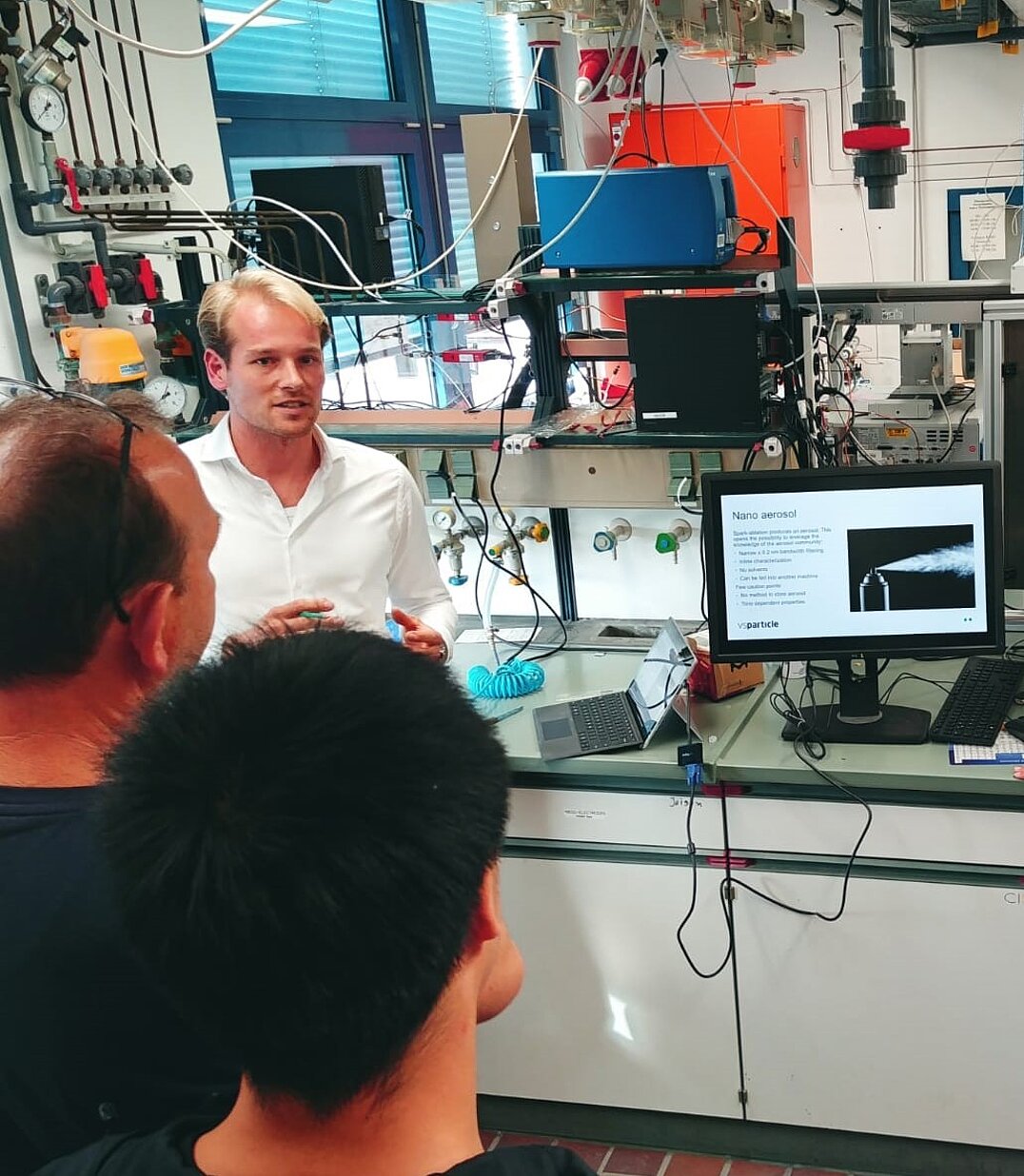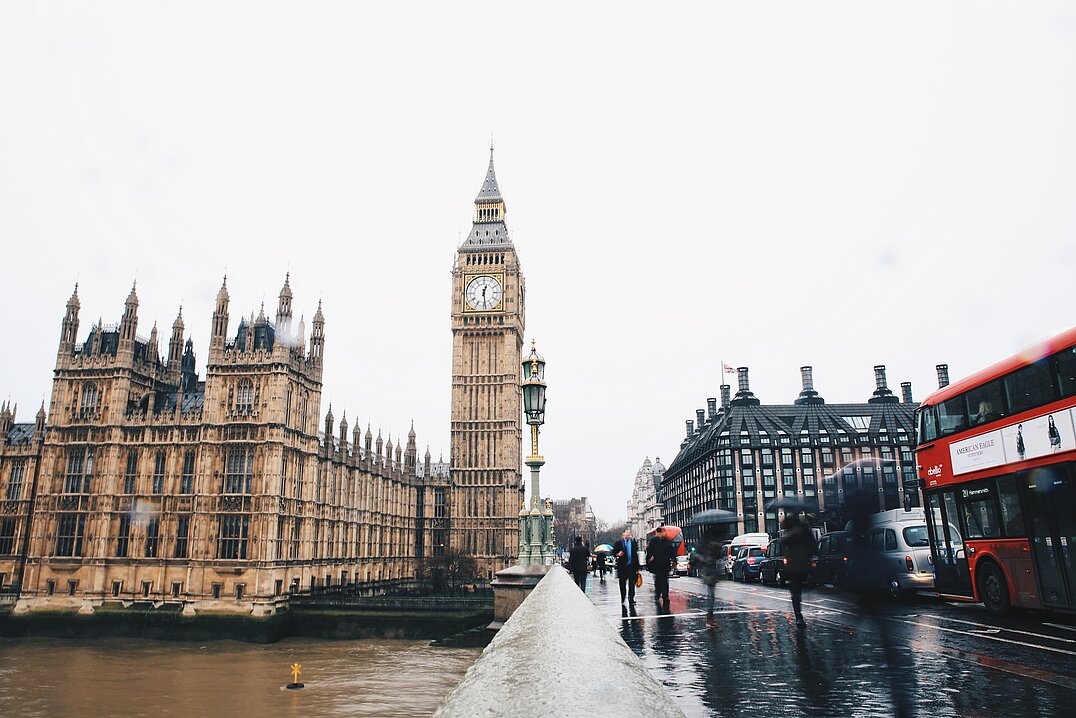Nano in UK: a trip to visit leading scientists in nanotechnology
Last week I had the opportunity to travel around the United Kingdom with Maurits Boeije to visit leading researchers in the field of catalysis to discuss the possibilities of being able to create new materials for their research
UK, October 26th
It has been quite a trip, where we met some amazing people and got to see all these great universities and laboratories from the inside. And occasionally, enjoy a well-deserved pint!
On Monday we took a flight from Schiphol to London Luton and drove to Cambridge from there. After some getting used to this whole “driving on the left side” thing, we arrived in the beautiful city of Cambridge. Just wandering around this city gives a sense of academic tradition, unfortunately, 20 tour buses of tourists thought the same thing. We then had a meeting at the Department of Materials Science and Metallurgy at the new campus, with the retired professor Derek Fray who is still working on developing new materials for all kinds of energy challenges. After a fruitful discussion, we got back on the road towards Liverpool.

Tuesday we were in Liverpool, where I had to hit a gym at 6:00 to fuel my sporting addiction and keep on track for preparation for upcoming races as well of course. Afterwards we had some time to walk through the city, I expected Liverpool to be quite an industrial and poor city but was amazed at how beautifully the whole harbour area has been renovated and is so up and coming. By then it was time to do some actual work and we went to visit the Materials Innovation Factory of the University of Liverpool, this brand-spanking-new facility combines industry and research of different disciplines into one building. Supported by some amazing lab infrastructure this whole facility focuses on application-driven high throughput research for all kinds of fields. From my personal result-driven perspective this could really accelerate research, but also in relation to the visions that we have as a company of gathering data on all these new material properties on the nano scale, there is a strong match.
Wednesday was our first day in Oxford where we had an appointment at the Department of Materials with the Atom Tomography group with Paul Bagot in the morning. This fascinating technique enables them to characterise materials in a 3D perspective, opening up whole new insights and possibilities for understanding the mechanisms that are present in the materials that we use. For example, this can be applied in aerospace engineering to characterise the structure of high-tech steels and help us understand the effects of defects, but they were also working on characterising a piece of meteorite to learn how materials are formed beyond our little planet. Afterwards, we were able to have a quick look at the Oxford Museum of Natural History: an amazing collection of dinosaur skeletons and fossils giving a peak view into the marvels of evolution.

In the afternoon we met the Tsang group thanks to Tugce, who as a post-doc is working on designing new heterogeneous catalysts. We spent most of the afternoon in the labs to discuss their research and also make some samples for them.
On Thursday we had more meetings planned with prof. Peter Edwards group from the Inorganic Chemistry department. We had a presentation for the entire group and after the smoke had pulled down from the crossfire of questions, it was time for lunch. Is was a great discussion actually because they really understood the process and asked us some critical questions. Together with a select part of the group and Peter Edwards himself we went to lunch at his favourite lunch place: the Anchor. I had heard of Scotch Eggs before, but here they had a variant which was actually done with haggis meat as an outer layer instead of sausage meat. Of course, we had to try some ‘local’ specialities, so Scotch Eggs it was, and they were actually really good! Afterwards prof. Peter Dobson also joined us for drinks, I have been in contact with Peter for quite a while now to exchange thoughts our activities and research and how this can impact the world as we know it. It has been a pleasure to have this conversation with someone with such extensive knowledge, so I was delighted that it was possible to meet him in person there. So many stories, so much knowledge and experience to share.

On Friday we faced a tough travelling schedule, we drove to Cardiff early in the morning to visit the Cardiff Catalysis Institute. When I had the initial contacts with prof. Stuart Taylor and prof. Graham Hutchings, they warned me for the cliches of Welsh weather, but when we crossed the Severn Bridge which connects Wales and the UK mainland it immediately started to rain. The Chemistry building looks a lot like a movie set, which apparently it also was for Doctor Who and Sherlock. We had the pleasure to meet with prof. Stuart Taylor and three of his group members, Robert, Grazia and Nishta. After some discussion and extensive tour around the labs, it was time to make some samples. After a lovely final lunch with Robert, Grazia and Nishta in a local pub it was time to hit the road for the last time and drive all the way back to London Luton. The moment we crossed the Severn Bridge, the rain immediately stopped, so the rumours are actually true. As always, the return flight with EasyJet was delayed so we had to spend a few hours in a cosy airport restaurant but nothing an extra pint cannot solve.

I really enjoyed getting to know all the people I had been in contact with for quite some time and to see the projects that they are working on. Combined with all the places we got to visit it has been quite a tiring journey, but both professionally and personally rewarding!
Comments
No Comments